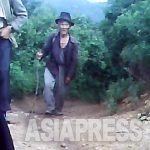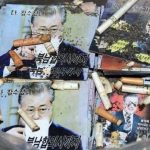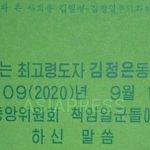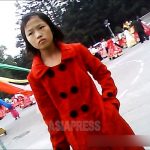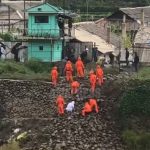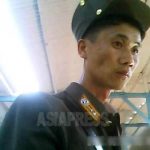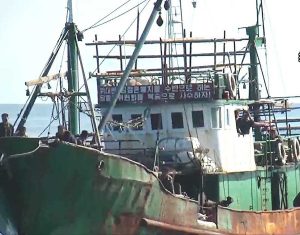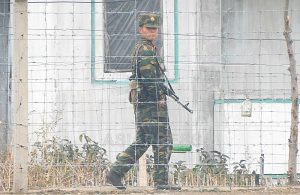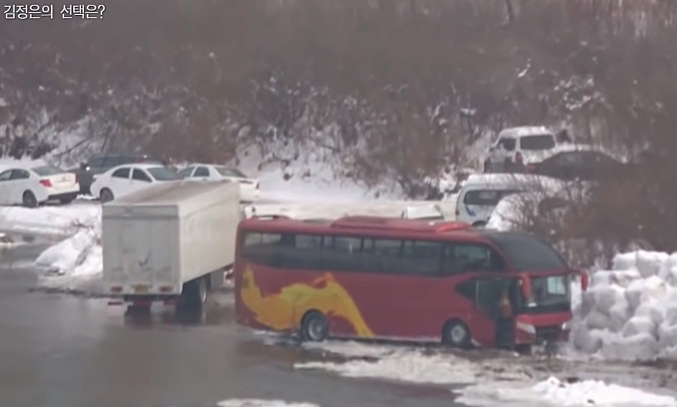
Smuggling between North Korea and China has recently resumed on the upper reaches of the Yalu River. Despite crackdowns by the Chinese, goods are said to be flowing back and forth through smuggling operations led by the North Korean authorities. In mid-May, ASIAPRESS spoke with a trader in Jilin Province who is familiar with the situation on the DPRK-China border. (JEON Sung-jun / KANG Ji-won)
According to the trader, smuggling is mainly taking place in Changbai Korean Autonomous County, which is across from Hyesan, Ryanggang Province. Smuggling had ceased in the area after the start of the COVID pandemic, but has resumed recently.
Q.What is the current situation on the North Korea-China border?
A. Smuggling recently restarted at the border, especially of goods prohibited by sanctions against North Korea. Despite crackdowns by the Chinese, some traders have started smuggling near the No. 21 or No. 15 districts.
The No. 15 and No. 21 districts are rural Chinese areas across from Hyesan. No. 15 District is on the downstream area of the Yalu River and No. 21 District is on the upper reaches of the river. Smuggling has been active here since before the pandemic.
Q.What kinds of goods are being smuggled?
A. Mainly automobiles, mechanical parts, and small electric motors needed by the DPRK are being smuggled. Two used cars from China's Villadi (a luxury car brand made in China) were smuggled into North Korea. The goods exported to China are mainly resources such as copper concentrates and seafood. At markets in the Changbai Korean Autonomous County, North Korean fish is also being sold.
Q. How is smuggling occuring?
A. Smuggling is mainly in the form of state-led illicit trade. China’s border patrols crack down on smuggling all the time, but smugglers rarely get caught because the DPRK side moves quickly. On the Chinese side, crackdowns have been stepped up, but most smuggling operations are done quietly.
State-led smuggling is conducted by individual smugglers in China and state-approved North Korean trading companies in the presence of customs officers, security officers, and police, with strict controls on the items and quantities.
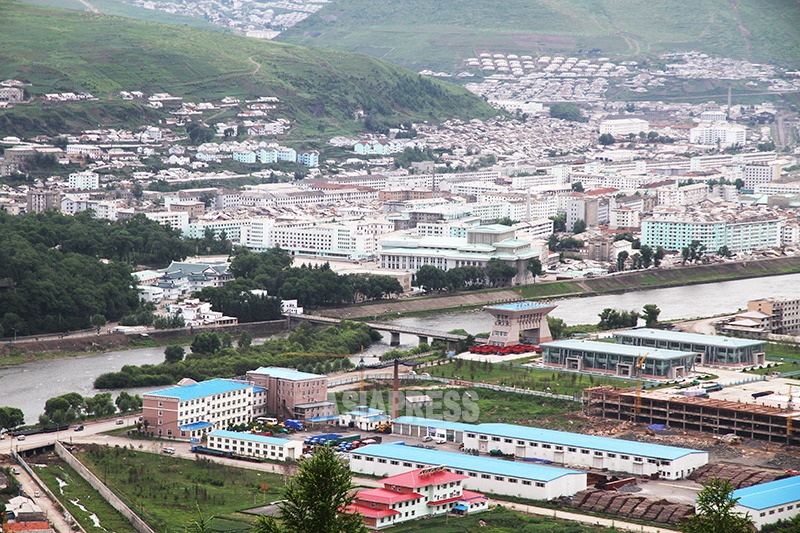
Q. Is there any private trade happening?
A. Private traders can’t conduct smuggling operations. The crackdowns are so severe on the North Korean side that there are only a limited number of people who can get involved in state-led smuggling operations.
Q. How are goods acquired from North Korea?
A. There is a shortage of (Chinese) money in North Korea, so trade is mainly done in kind with goods such as seafood products and minerals. However, there are disputes over the purity of the minerals. But it's all still very profitable, so the smuggling continues.
Q. What has been the response of the Chinese authorities?
A. They are cracking down on smuggling. There are daily notices telling people to report smuggling or North Koreans crossing the border, and if caught, they are heavily fined. Therefore, most smuggling is done quietly and on a small scale, and there are very few large-scale smuggling operations.
Q. What about formal trade between the two countries?
A. Through official trade, raw materials for rice and sugar production are entering North Korea. Unlike in the past, the DPRK is not asking for just anything but carefully requesting just what it needs. As I mentioned before, they are bringing in only what they really need through smuggling operations.
※ ASIAPRESS communicates with its reporting partners through Chinese cell phones smuggled into North Korea.
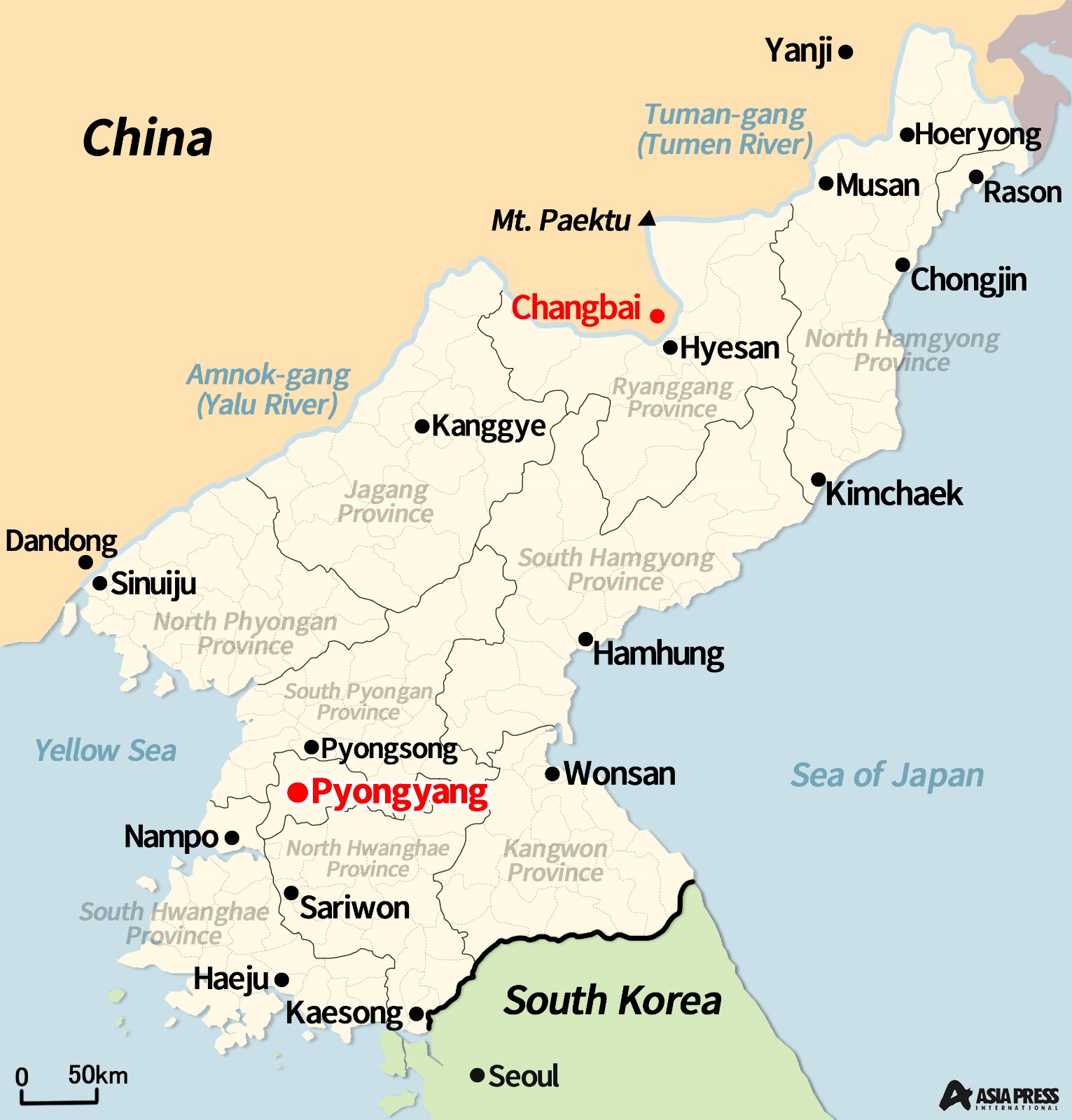
- <Inside N. Korea>Chinese RMB exchange rate surges, up 42.8% since start of year...National police agency warns individuals and businesses against using foreign currencies
- <Inside N. Korea> Crackdown on primitive slash-and-burn farmers who hide in the mountains shows Kim Jong-un’s uncompromising efforts to control his population
- <Investigation>Why aren’t North Korea’s women having babies anymore? (1) The fertility rate is already severely low…It’s rare to see anyone carrying babies around
- <Investigation Inside N. Korea> A shocking situation...How are the neglected elderly faring? (1) Poverty-stricken elderly people live off begging and wander the streets
- <Inside N. Korea> Implementation of the large-scale restructuring of trading companies (1) Called “anti-socialist hotbeds,” government forces ‘bases’ of trading companies to close down and consolidate
